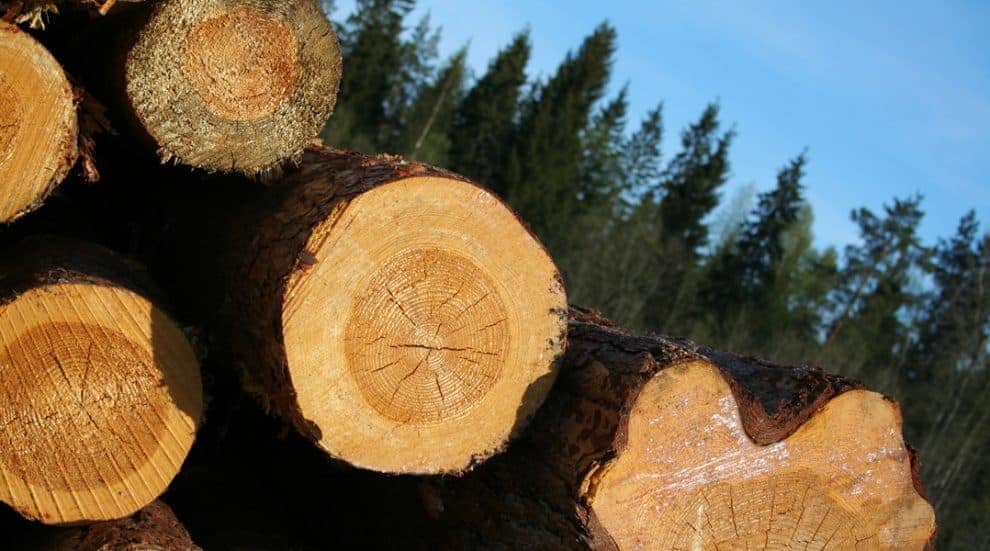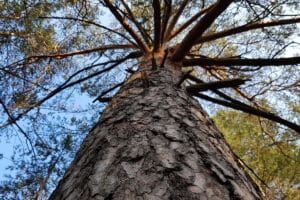Big jobs, done well, take time. And successful timberland investing and management take time. How can any forester manage a forest quickly? How can we expect instantaneous strong relationships with local markets? How can we expect a deep understanding of how and why our forest prospered or failed, and how to deal with the small, unavoidable challenges of owning and analyzing our forest investments in turbulent times?
Timberland Investing Checklist
This checklist provides a working set of priorities and guidelines for minimizing errors, mitigating risks and maximizing potential returns.
- Specify objectives. This is harder than it sounds. Goals must be simple, clearly defined and prioritized. Forest investments are sexy because they simply (not ‘easily’) provide a long-term option to protect, hold and increase wealth. Multi-headed, competing objectives undermine valuation modeling and forest management. Forest investing awards no bonus points for pursuing multiple goals; the prize goes to the identification, prioritization and achievement of the most critical objective.
- Question forest data and financial analysis. In forestry, everything is a sample. A forest cruise is a sample of the standing inventory. Timber price services report a sample of prices from market transactions. Ask questions about the data and the assumptions in any price forecasts and financial analysis. Confirm discount rates and the suitability of the financial metrics. How do the results square with history, logic, market tolerances and the time/space continuum as you understand it?
- Think like a business owner prior to making any investment. This differs from questioning the data and analysis; this tests the business strategy, investment thesis and financing structure. Talk through the plan in detail before moving forward. Take no chances in losing capital or tying it up in odd investment structures with limited options for recovery. Save gambling for the riverboat.
- Understand the local wood market when reviewing a timberland property. Timber markets are uniquely local. The same property in two different baskets will have two different values. Understand why. This goes beyond knowing the outlets into which you might sell logs. Know in advance how you or your manager will access these markets. Will you work through a forestry consultant? If so, who? How will you manage access and local relationships?
- Understand the ‘true’ risks and protect accordingly. Have a risk management plan and reasonable levels of insurance as required by law and helpful to long-term security. Timberland novices ask about fire, bugs, disease and hurricanes. Forest investment professionals can put these risks into perspective. They will tell you to worry more about markets, communicate with your forest manager and properly insure against landowner liabilities.
- Understand taxes and tax exposures. You can make a lot of money and lose a lot of money based on what you know or don’t know about timber taxes that apply specifically to you or your institution for each property by state and county.
- Watch expenses. In chemistry, we learn that a gas expands to take the shape of its container. And so it is with expenses, which can grow in proportion with or beyond our incomes. Don’t confuse “necessity” with “desire.” Make a budget and manage against it. Understand your cash flows, management fees and exactly who pays for what.
In the end, be brave and face facts. Will this timberland investment really generate 9% annual returns? How? Under what conditions? Do we really care about diversification, or have we deployed the word to make us feel better? If we do care about diversification, then it does have value and we should put a number on it. The investing process includes both the asking of questions and the getting of answers. These two different tasks help clarify assumptions, confirm competence and increase the likelihood of investment success.
This content may not be used or reproduced in any manner whatsoever, in part or in whole, without written permission of LANDTHINK. Use of this content without permission is a violation of federal copyright law. The articles, posts, comments, opinions and information provided by LANDTHINK are for informational and research purposes only and DOES NOT substitute or coincide with the advice of an attorney, accountant, real estate broker or any other licensed real estate professional. LANDTHINK strongly advises visitors and readers to seek their own professional guidance and advice related to buying, investing in or selling real estate.










I have had timber stolen -$9,000 worth! and the state police are not helping. I know who it is with the sawmill owners help and now have the co. sheriff working on it. Doesn’t sound promissing!! They want to call it civil, it’s not -it is criminal – just like stealing my car from my driveway and selling it.
The big problem is: it is too easy for thieves to cut timber and sell it-no questions asked!
My proposal for new laws is not to make the fine stiffer -thieves don’t care about that because it is too hard to find out who took you income away!!!
There needs to be a one month delay in getting a ck for the sale of any timber. THis alone would help. Then there should be much ID: a driver’s license -even if the timber is taken from the woods by a sawmill. The license should be with a photo. Maybe the last 4 digits of the timber owners soc. sec. # so that can be ck’d right away. This would mean all sawmills would have to have lists of timber owners. The owners would have to register with all sawmills. THEN a gov. dept should be in effect for timber owners to report stolen timber=bd feet , amt and type of trees that was taken. Sawmills would have to ck on that dept before sending a ck to the seller.
Sounds like a lot more work for the sawmills but some right now, know they are buying stolen timber-they know their clientelle and they don’t care because they probably get the stuff cheaper to keep quiet about it.
PLEASE contact your people , propose this idea , and get in touch with representatives of states and let’s get some action on making it harder to sell stolen timber!!!
Investing in any type of land is a large decision that needs a lot of thought and consideration, and this checklist is a great place to start. Thanks very much for sharing!